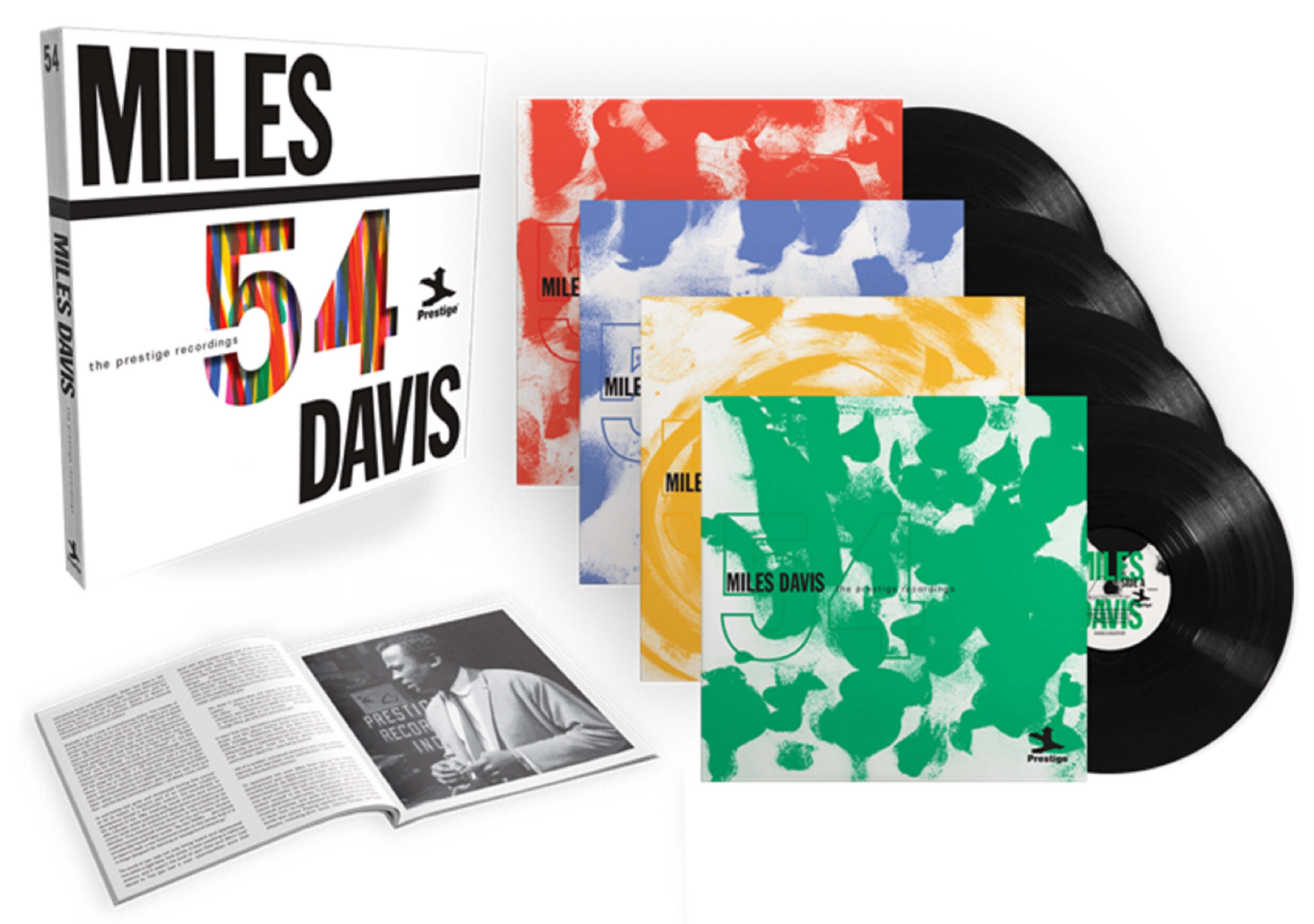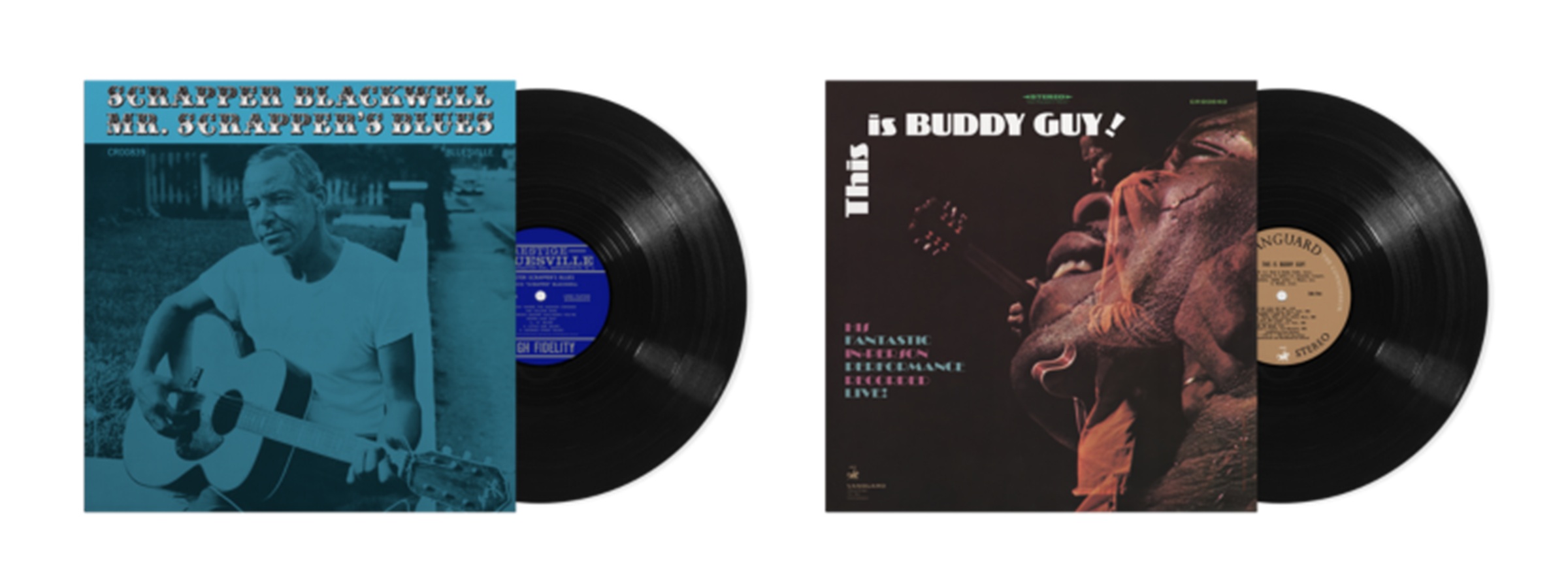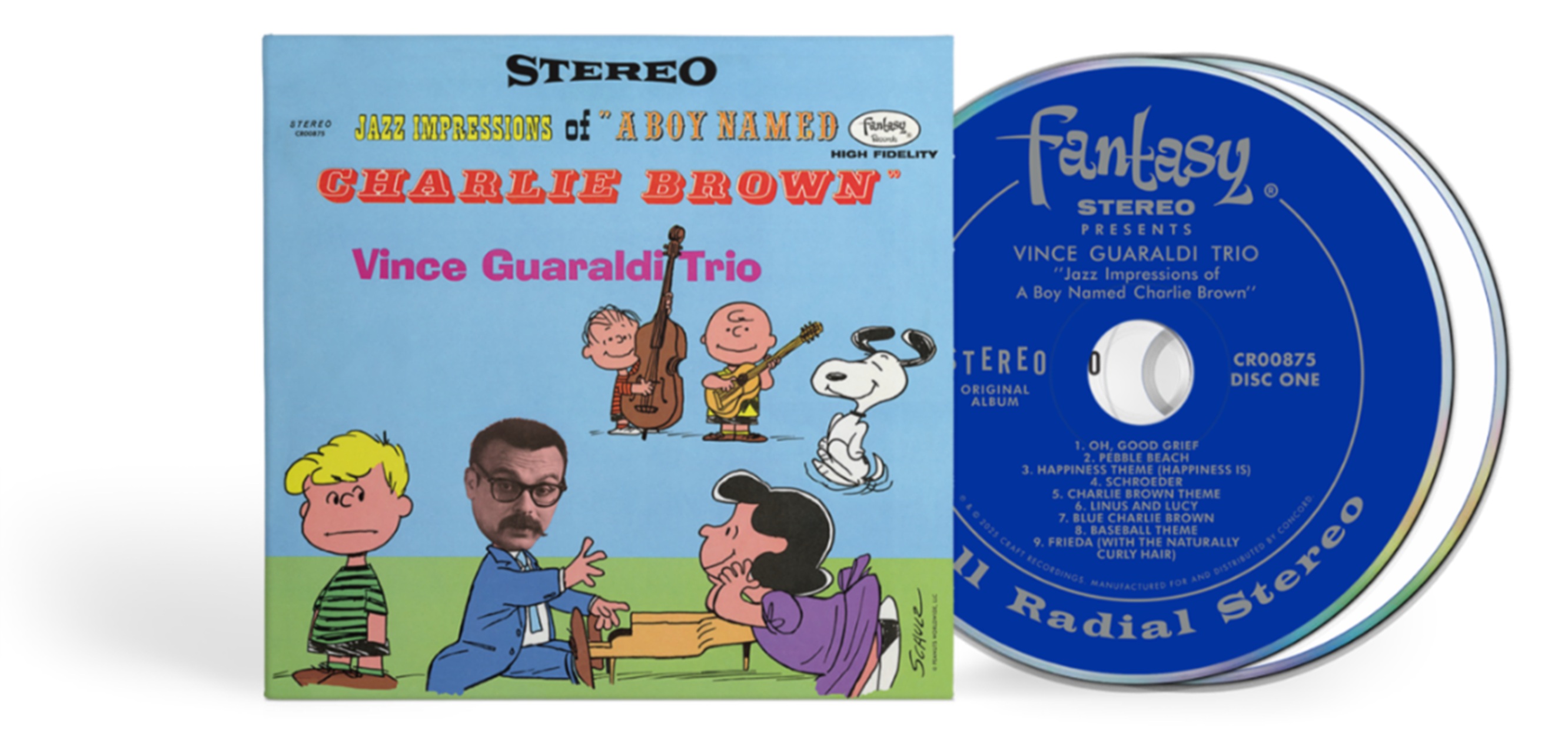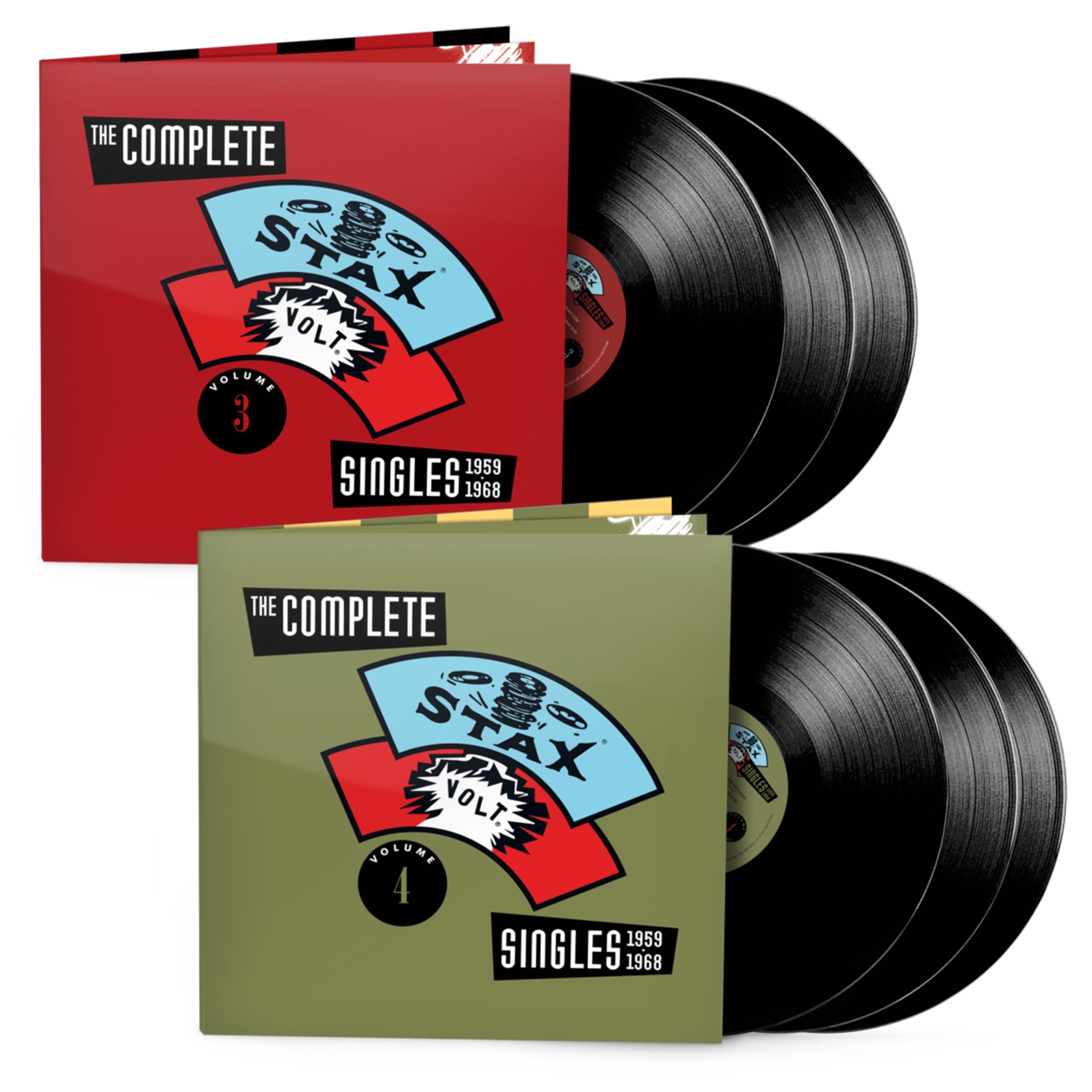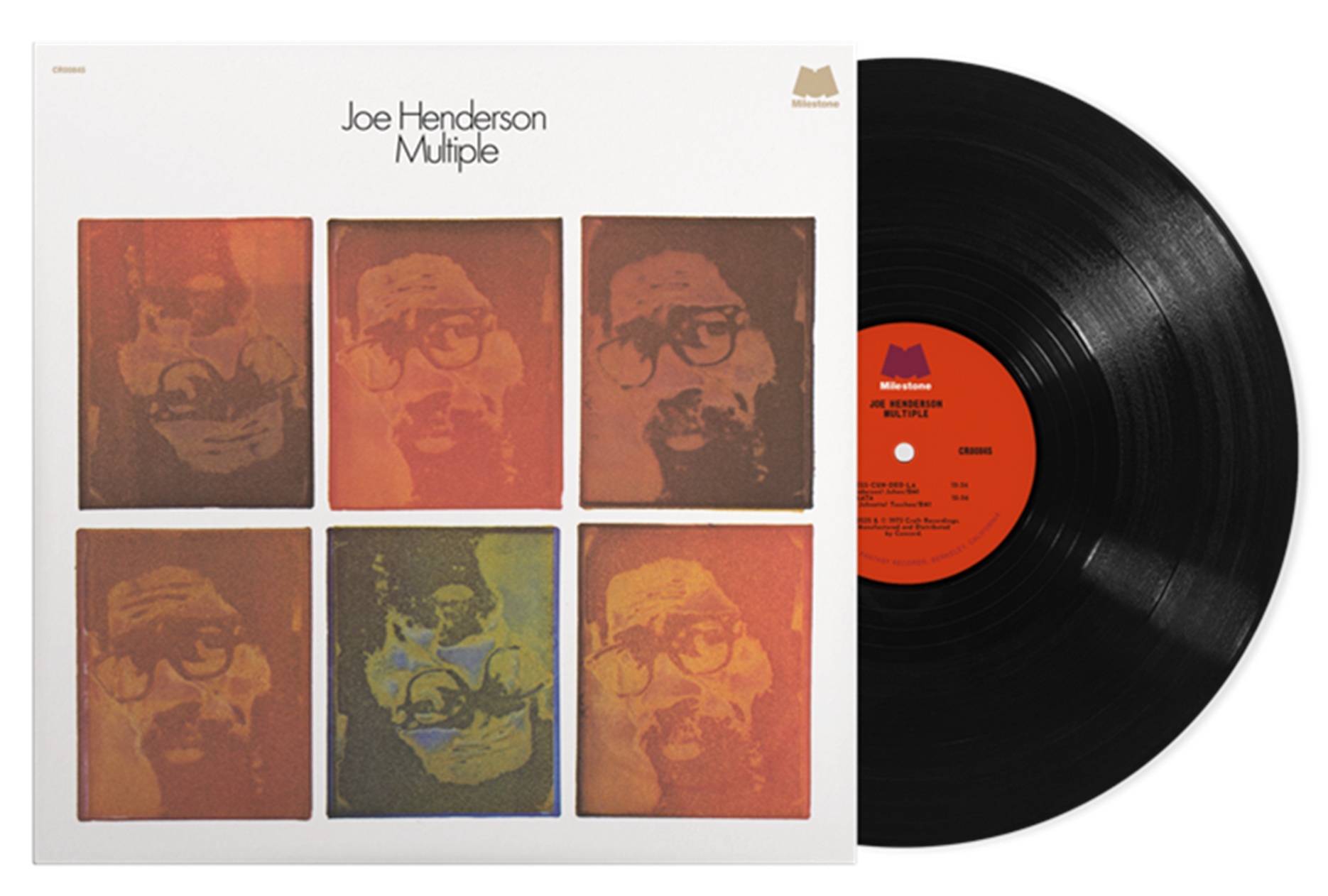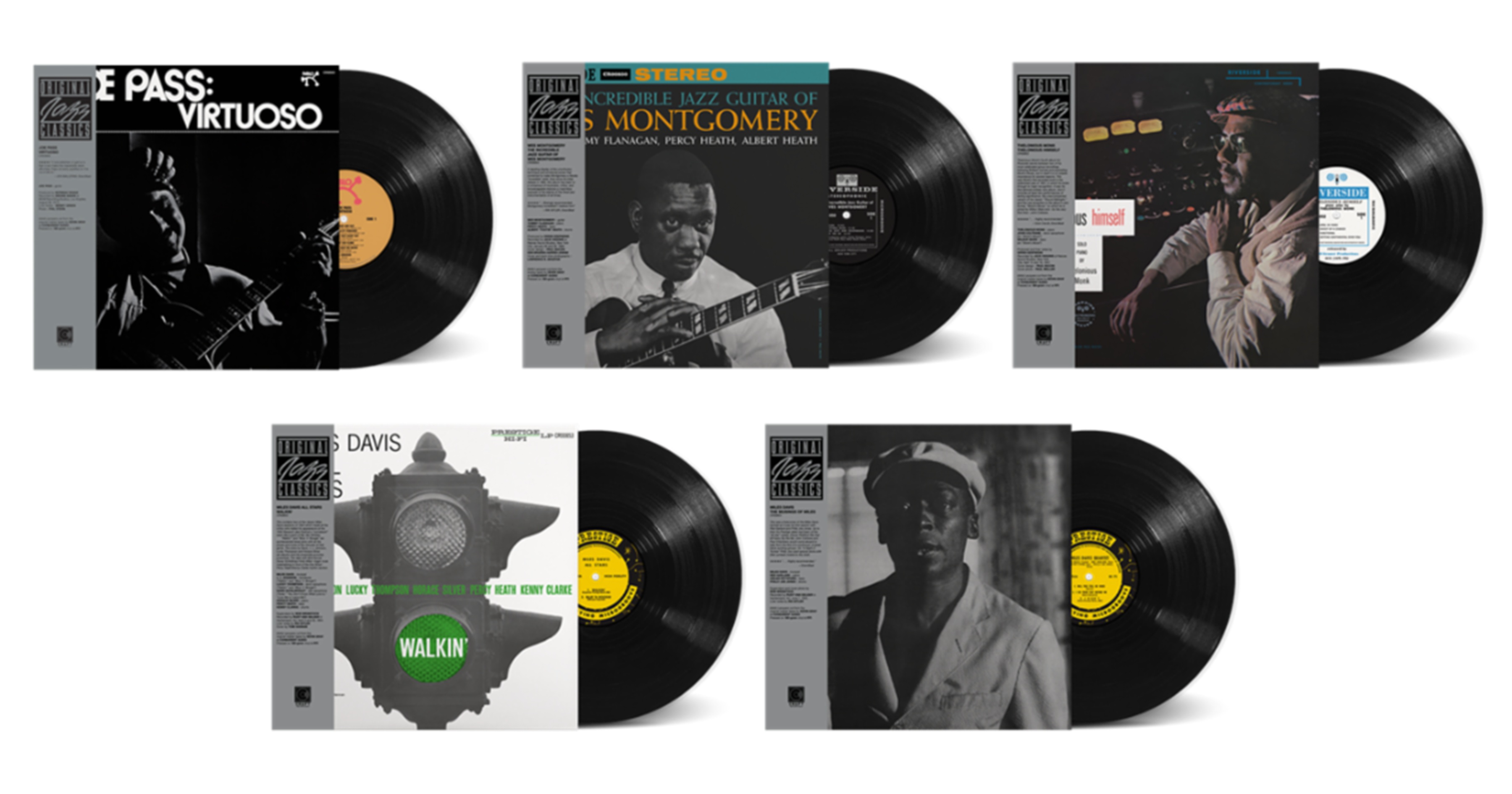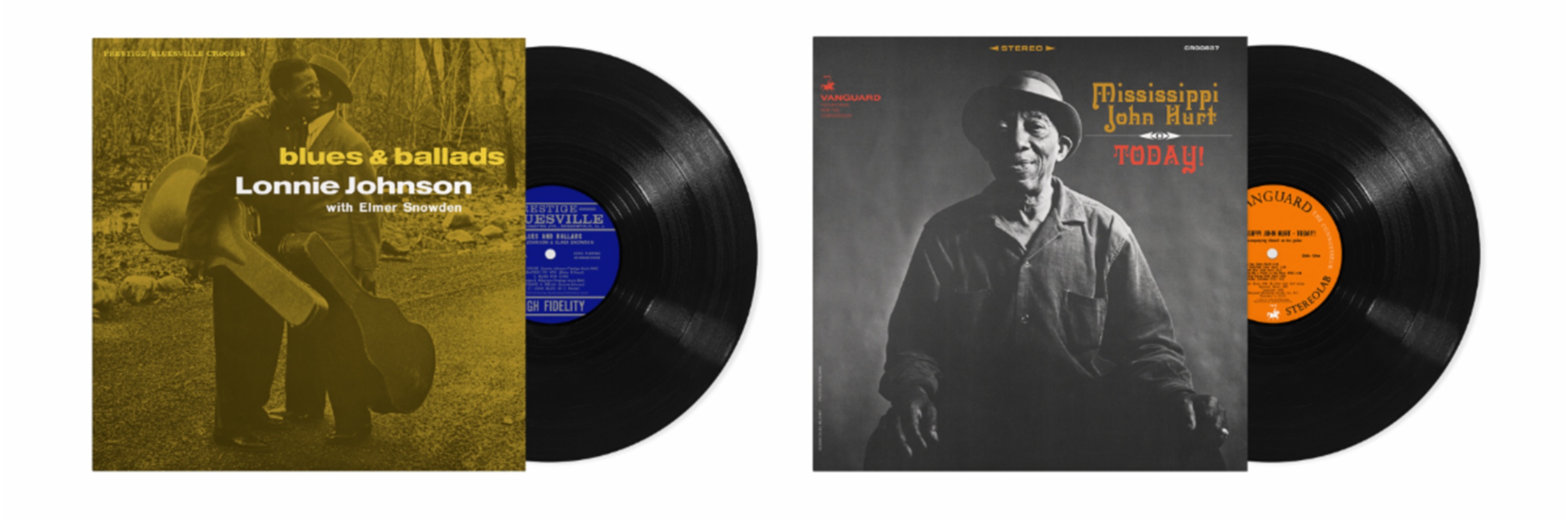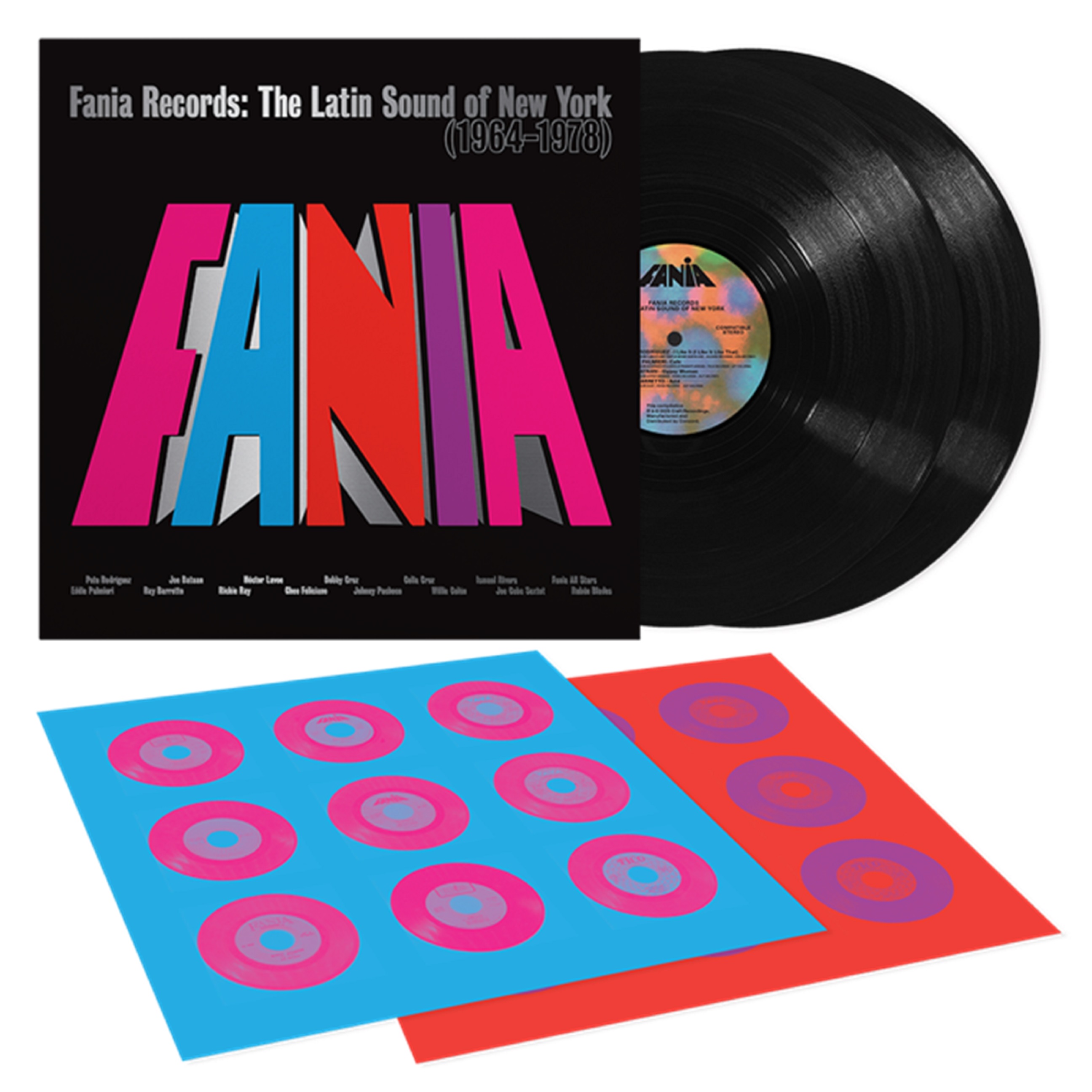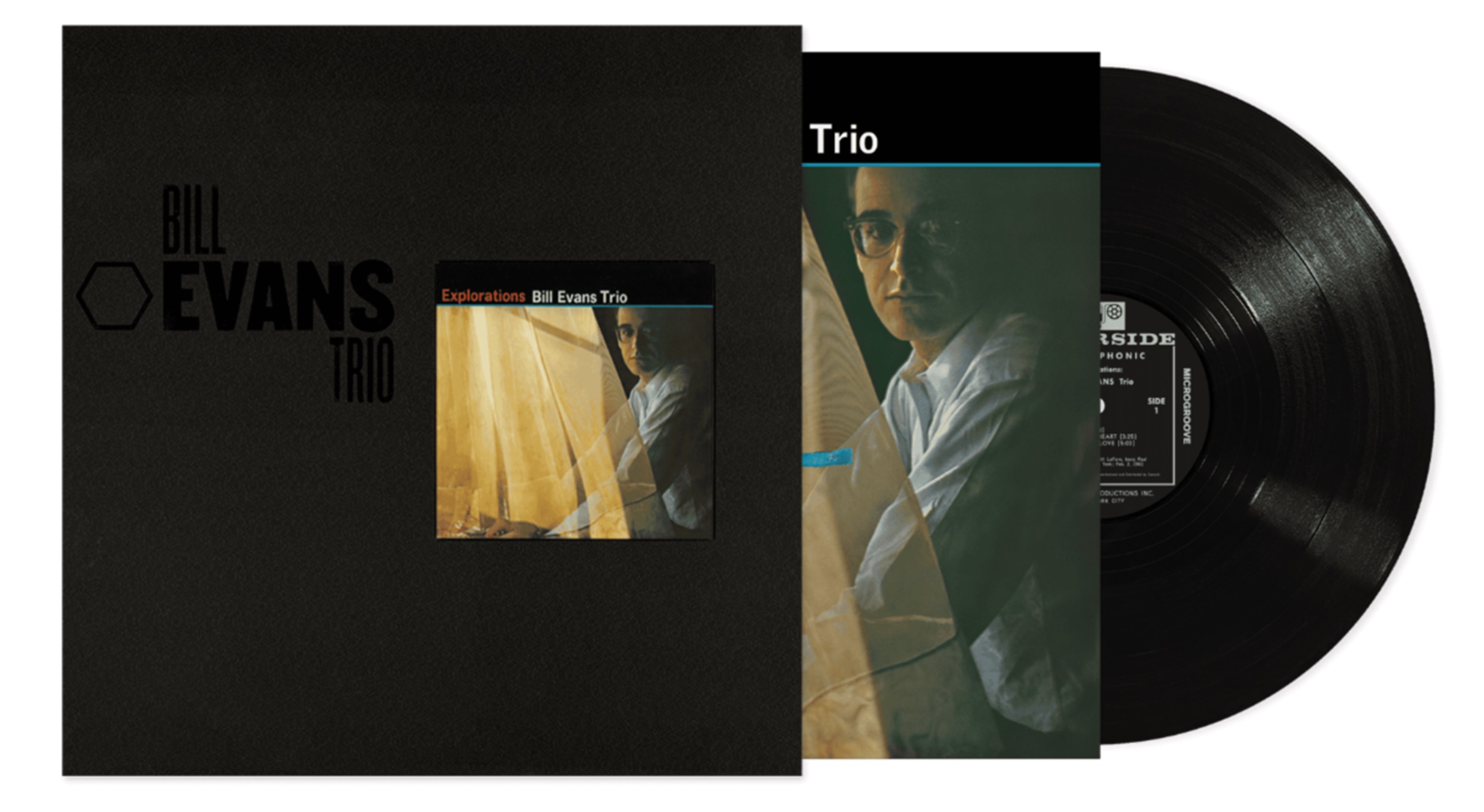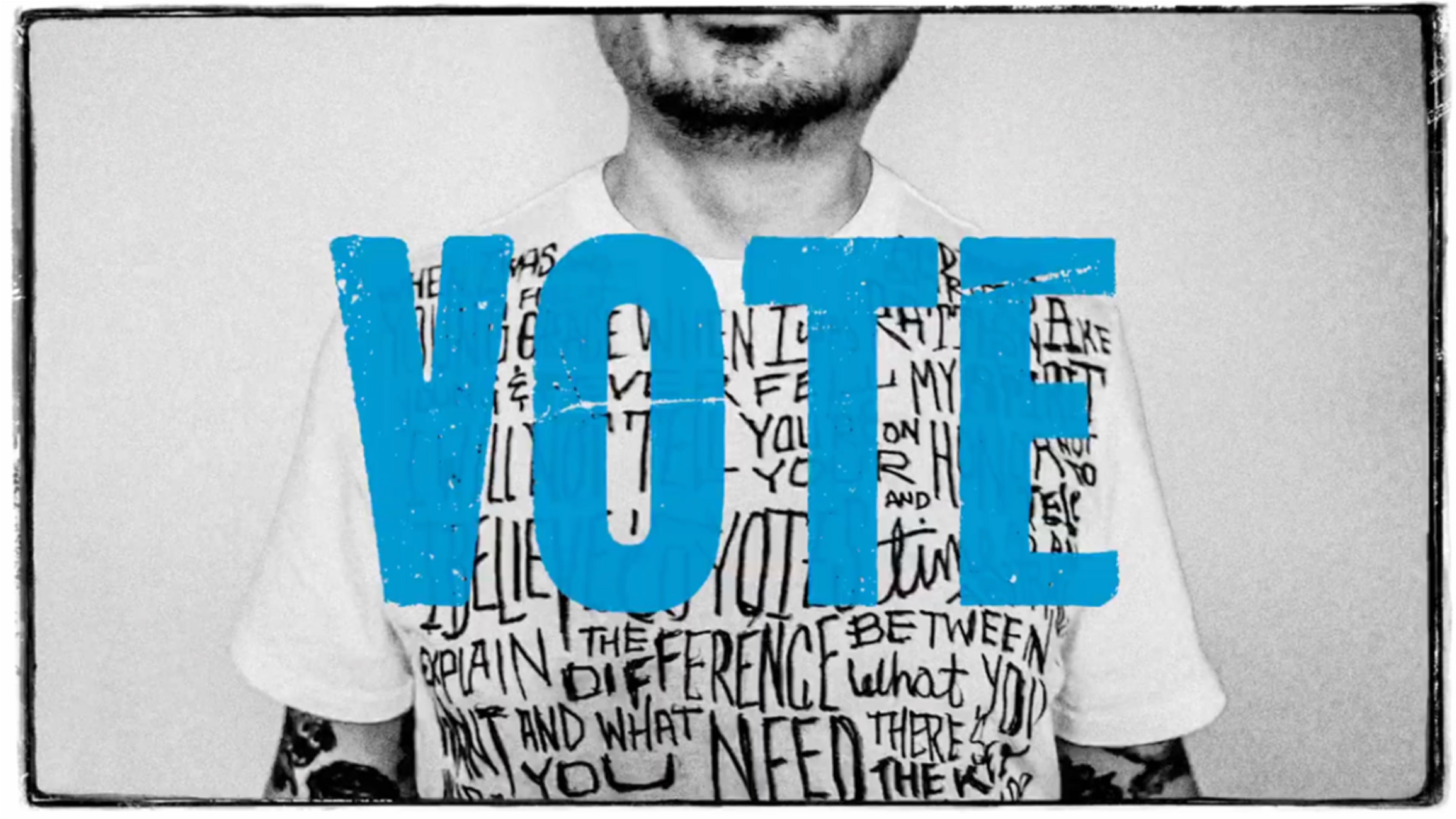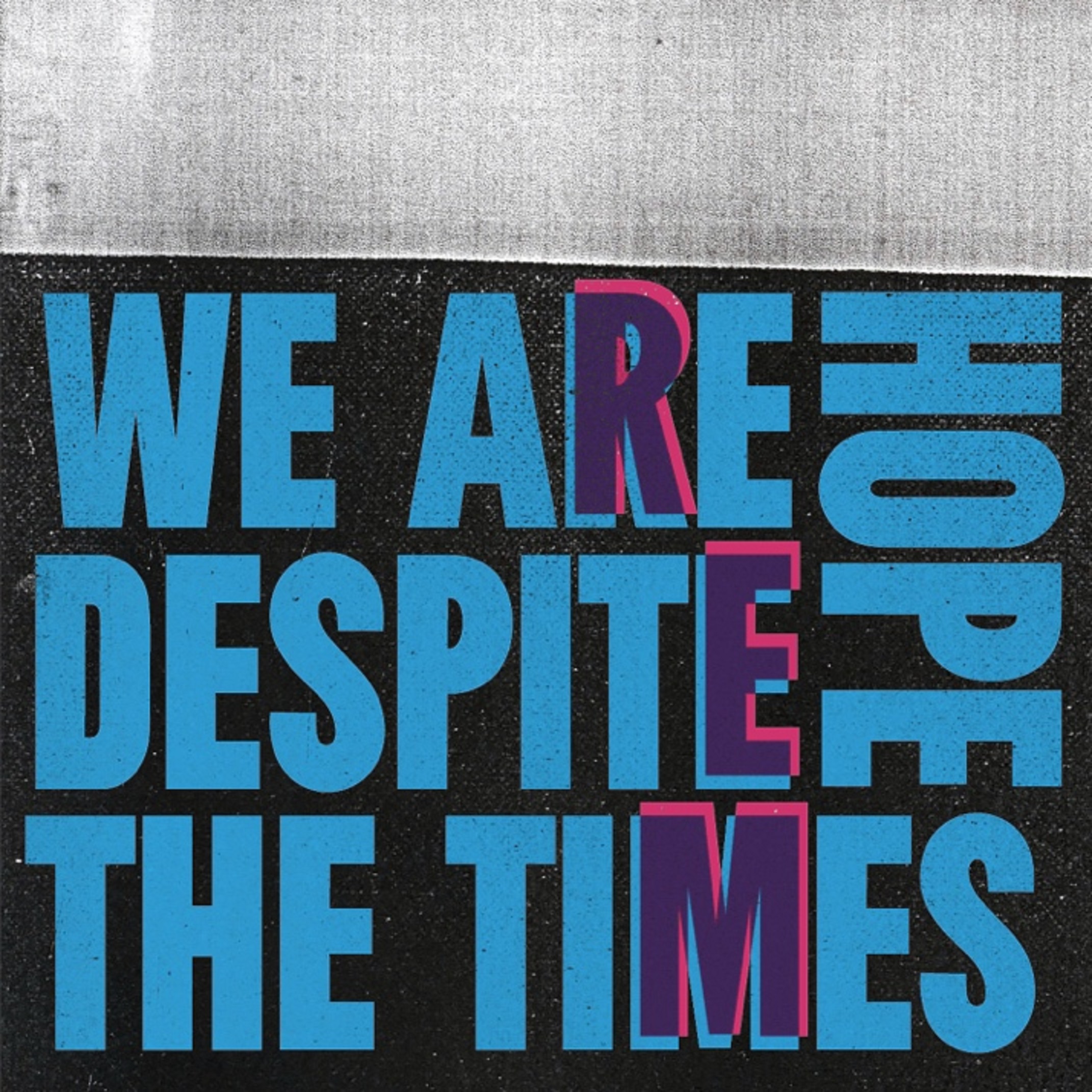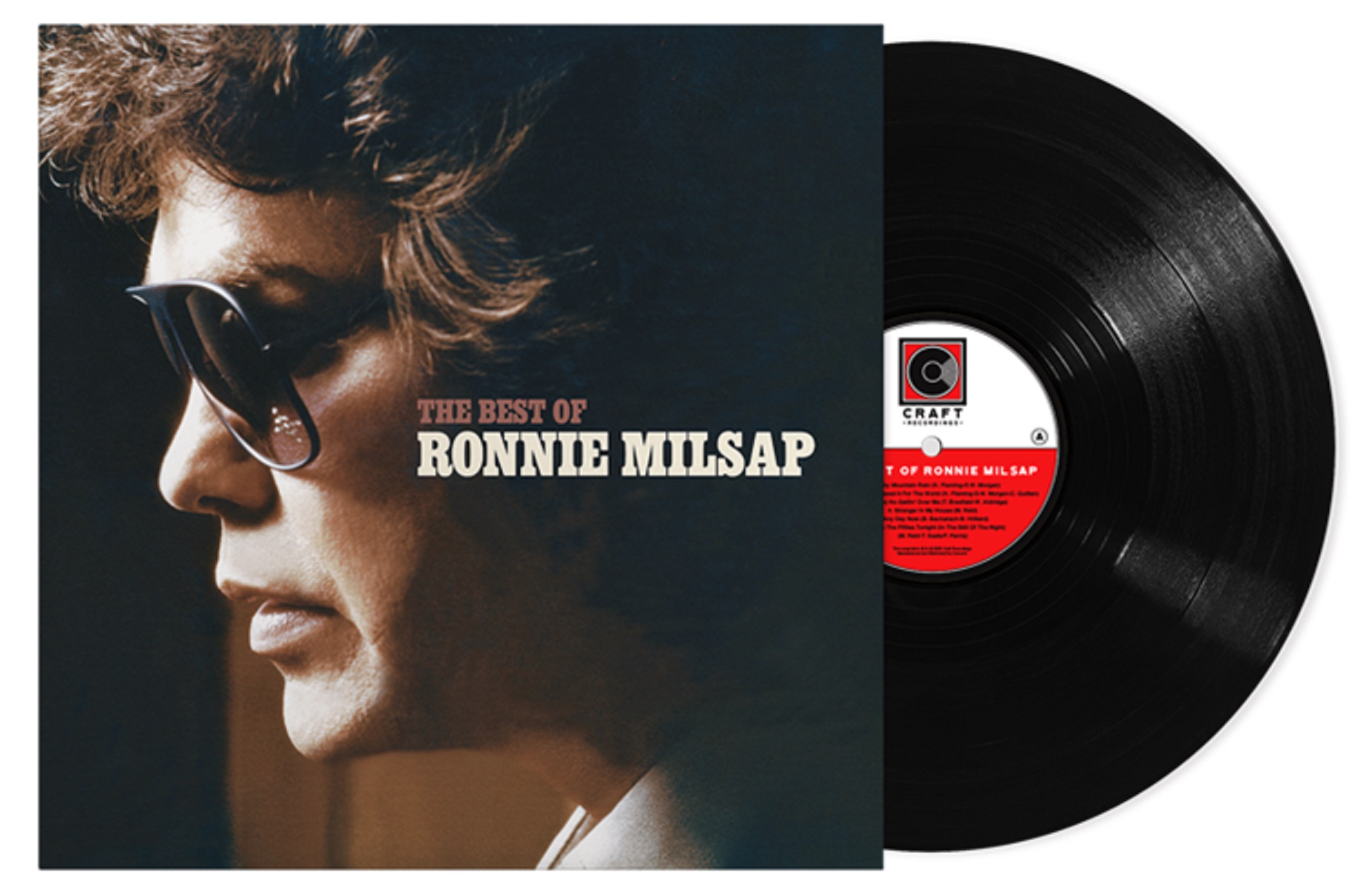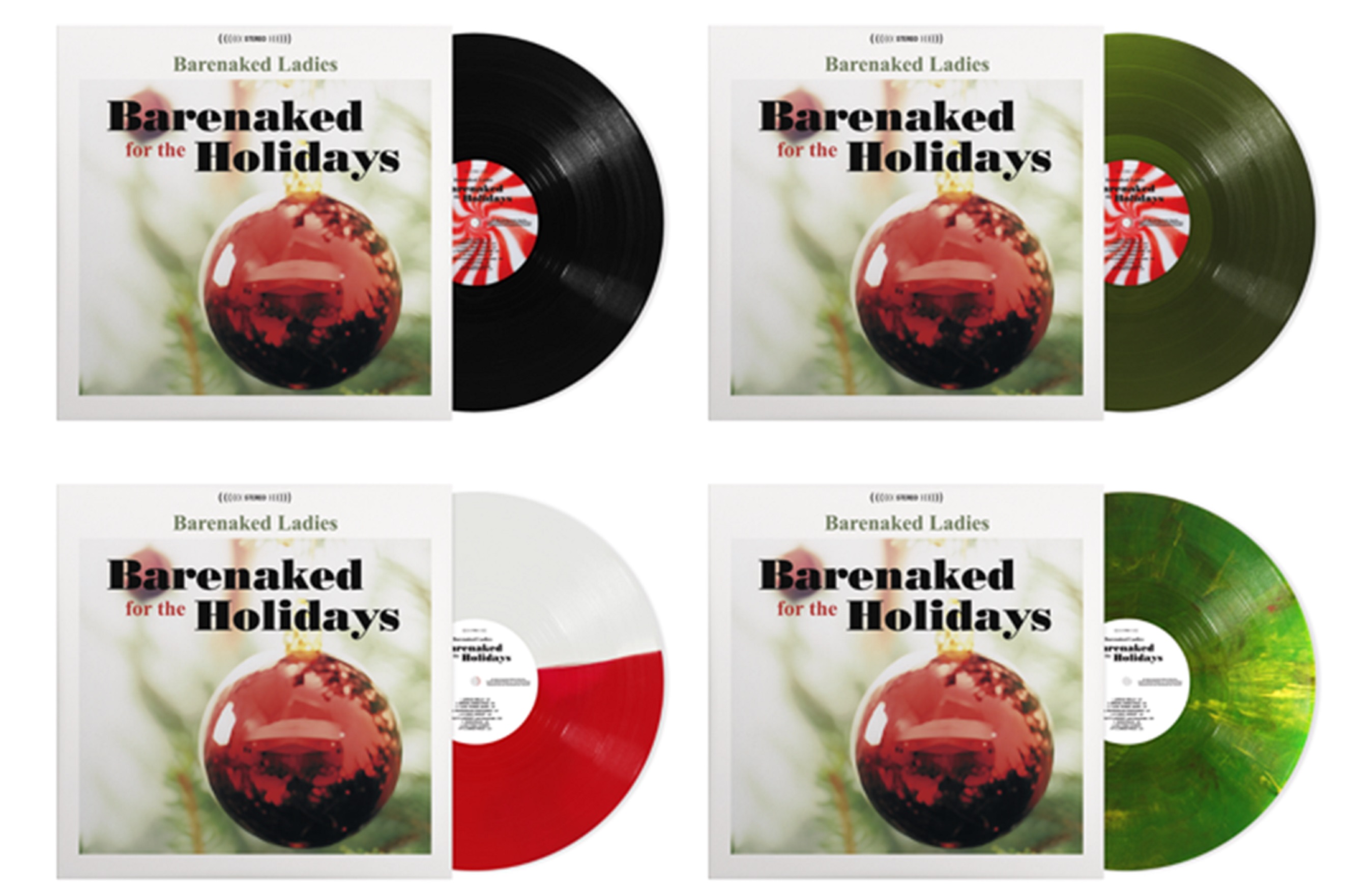Craft Recordings celebrates a pivotal year for Miles Davis with Miles ’54: The Prestige Recordings—a new, 20-track compilation, collecting genre-defining recordings from the music icon’s 1954 output, including music from classic albums Miles Davis with Sonny Rollins, Miles Davis Quintet, Miles Davis All Star Sextet, and Miles Davis Quartet (all originally issued via Prestige Records). Featuring an all-star cast of musicians, including Sonny Rollins, Thelonious Monk, Milt Jackson, Kenny Clarke, Art Blakey, and Horace Silver, Miles ’54 blends originals by the influential jazz icon, with popular ballads and compositions by his legendary sidemen.
Arriving November 22, 2024, Miles ’54 will be available in an array of formats, including 180-gram 4-LP, 2-CD, and hi-res digital. All audio has been newly remastered by GRAMMY® Award-winning engineer, Paul Blakemore, with lacquers cut by Kevin Gray at Cohearent Audio. Physical editions offer a brand-new essay by GRAMMY®-winning music historian Ashley Kahn (author of Kind of Blue: The Making of the Miles Davis Masterpiece, among others) as well as in-depth session notes by GRAMMY-winning writer, Dan Morgenstern. The complete collection is available for pre-order here, while the track “Oleo” can be streamed today.
1954 was a watershed year for Miles Davis. Ten years into his celebrated career, the trumpeter, composer, and bandleader was on the precipice of international fame and more focused than ever. Throughout the year, Davis entered Rudy Van Gelder’s studio for five landmark sessions—each of which would find him honing his sound, maturing as a leader, and collaborating with the era’s brightest rising stars. The resulting recordings would catapult Davis’ career to the next level and set the tone for the mid-late ’50s post-bop scene.
The release of Miles ’54 not only coincides with the 70th anniversary of these recordings but also the 75th anniversary of Prestige Records, the venerable independent jazz label founded by producer Bob Weinstock. Launched in 1949, Prestige found itself at the forefront of the genre: ushering in the cutting-edge sounds of bop, hard bop, soul jazz, and beyond, while developing the careers of such iconic artists as John Coltrane, Thelonious Monk, Stan Getz, Sonny Rollins, and, of course, Miles Davis.
In 1954, after ten long years of building a name for himself, Miles Davis “...transformed himself from a member of a tight brotherhood of players into a leader with an immediately recognizable sound that the world came to know and want,” writes Ashley Kahn. Indeed, just a decade earlier, a fresh-faced, 18-year-old Davis had arrived in New York City from St. Louis to study at the prestigious Juilliard School of Music. What followed was the development of one of modern music’s most important figures, thanks to sideman duties with the likes of Charlie Parker, Dizzy Gillespie, and Coleman Hawkins, non-stop gigging, and the assembly of his first band—a nonet—whose recordings would eventually be released as The Birth of Cool (1957).
In 1954, after returning home to the Midwest to address his struggles with substance abuse, Davis returned to New York with a newfound sense of well-being and focus. His timing couldn’t have been better. “As post-bebop jazz grew and developed during this period, so did its impact. It became part of an intensely creative, spontaneous period in American culture, the soundtrack to the zeitgeist of the ’50s, inspiring visual artists and writers alike,” notes Kahn. “Jazz was being embraced differently: as a sophisticated art music, more cutting-edge than mainstream.”
The year found Davis headlining major New York venues, including Birdland and Basin Street, while he frequently shared top-billing with stars like Gillespie, Dinah Washington, and Chet Baker. After re-signing with Prestige Records (following his first contract in 1951), Davis was also making multiple trips to Rudy Van Gelder’s storied Hackensack, NJ studio. It was there, over the course of 1954, that he would record five landmark sessions.
These dates, in which Davis collaborated with a collective of uber-talented sidemen (a precursor to his First Great Quintet), also found him maturing as an artist. “Miles’ performances on his 1954 quartet and quintet sessions for Prestige reveal…a heightened level of confidence in his bandleading and in his playing, with a more expansive feel for color, timbre and even atmosphere in his palette,” explains Kahn.
The first of these recordings took place on March 15th, during which Davis—accompanied by Percy Heath (bass), Art Blakey (drums), and Horace Silver (piano)—performed pop standards like “Old Devil Moon” as well as such originals as the lighthearted “Four” and the bluesy “Blue Haze.” Weeks later, on April 3rd, Davis returned with Silver and Heath, plus drummer Kenny Clarke and alto saxophonist Dave Schildkraut to record his own “Solar,” plus such upbeat standards as “Love Me or Leave Me” and “I’ll Remember April.”
In his track notes, which originally appeared on 1988’s Chronicle: The Complete Prestige Recordings, 1951–1956, Dan Morgenstern points out, “This was no slapdash blowing date, but a session more cohesive than most organized groups could manage. And it is certainly worthy of notice that this was the first Miles Davis session (and quite possibly the very first Prestige session) recorded by…[definitive bebop engineer Rudy Van Gelder].” The date is also notable for Davis’ extensive use of the cup mute on his trumpet—a signature technique that he would employ for the remainder of his lengthy career.
The session that followed on April 29th, however, proved to be a historic moment in jazz, in which J. J. Johnson (trombone), Lucky Thompson (tenor sax), Silver, Heath, and Clarke performed two extended jams: Gillespie’s “Blue ’n’ Boogie” and the blues classic “Walkin’.” Quoting pianist Dick Katz, Morgenstern refers to this session as “An amazing seminar...a sort of summing up of much of what had happened musically to the players involved during the preceding ten years.” In his own words, Morgenstern calls the masterful rendition of “Walkin’” a “cornerstone of the hard bop movement.” Kahn, meanwhile, adds that the performance “...incorporated most of the elements that would define Miles’ later ’50s recordings.”
On June 29th, Davis was joined by tenor saxophonist Sonny Rollins for what Morgenstern refers to as “One of several encounters between Miles and Sonny Rollins, and in some ways the most satisfying.” The pair, joined by Silver, Heath, and Clarke, recorded three iconic Rollins compositions: “Oleo,” “Airegin,” and “Doxy,” as well as the Gershwin classic, “But Not for Me.”
The final session of the year, which took place on Christmas Eve, was certainly the most famous—featuring an awe-inspiring line-up of Thelonious Monk (piano) and Milt Jackson (vibraphone), alongside Heath, and Clarke (aptly released as Miles Davis All Stars, Vol. 1 and Vol. 2 the following year). With the addition of alternate takes, this complete session, Morgenstern writes, “can serve as a graduate seminar on the art of improvisation.” Featuring originals by Davis (“Swing Spring”), Jackson (the soon-to-be-standard, “Bags’ Groove”), and Monk (“Bemsha Swing”), the sounds that the trumpeter achieved on this date were near-perfection—a culmination of sorts of Davis’ work—not only accomplished over the year, but the previous decade. By the end of the year, Kahn adds, “Miles’ sound reached a level of maturity that captured mainstream ears. It was a connection that endured.”
Indeed, in the immediate months and years to follow, Davis’ profile grew substantially. In 1955, he ascended to new heights with the assembly of his First Great Quintet (featuring Red Garland, Paul Chambers, Philly Joe Jones, and John Coltrane)—a unit that became the dominant small jazz group of the late ’50s and helped define the hard-bop genre. In later decades, he would continue to push the limits of jazz music—shaping the sounds of post-bop and fusion, while experimenting with electronic elements, funk, rock, pop, and African rhythms well into the late ’80s. Today, 33 years after his death, Davis holds a mighty legacy as one of the most important figures of 20th-century music, with an influence that expands far behind the realm of jazz.
Click here to pre-order
Miles ’54 Tracklist (4-LP):
Side A
1. Four
2. Old Devil Moon
3. Blue Haze
4. Solar
Side B
1. You Don't Know What Love Is
2. Love Me Or Leave Me
3. I'll Remember April
Side C
1. Blue 'N' Boogie
2. Walkin'
Side D
1. Airegin
2. Oleo
3. But Not For Me (Take 1)
4. But Not For Me (Take 2)
Side E
1. Doxy
2. Bags' Groove (Take 1)
Side F
1. Bags' Groove (Take 2)
2. Bemsha Swing
Side G
1. Swing Spring
Side H
2. The Man I Love (Take 1)
3. The Man I Love (Take 2)
Miles ’54 Tracklist (2-CD/Digital):
Disc 1
1. Four
2. Old Devil Moon
3. Blue Haze
4. Solar
5. You Don't Know What Love Is
6. Love Me Or Leave Me
7. I'll Remember April
8. Blue 'N' Boogie
9. Walkin'
10. Airegin
11. Oleo
Disc 2
1. But Not For Me (Take 1)
2. But Not For Me (Take 2)
3. Doxy
4. Bags' Groove (Take 1)
5. Bags' Groove (Take 2)
6. Bemsha Swing
7. Swing Spring
8. The Man I Love (Take 1)
9. The Man I Love (Take 2)





